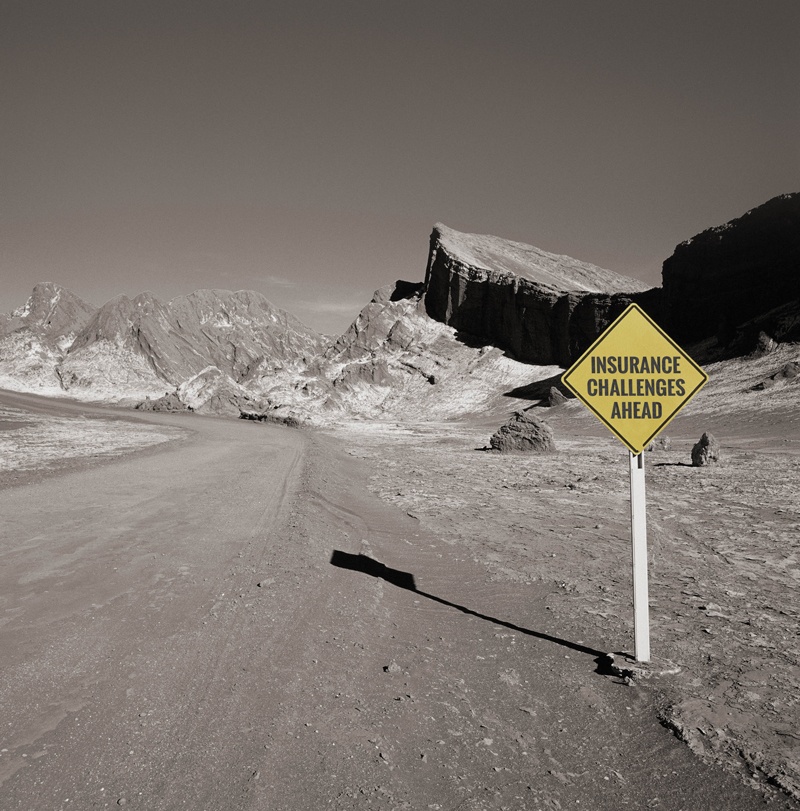One way to start the new year is to take a look back and see how the previous year looks now that it’s in the past (which means we’re in the future now, which is neat).
Topics: Flood Insurance, Insurance Software, Insurance Technology, Insurance Protection Gap
Last Wednesday Fitch released their report on 2017 P&C Underwriting, and it was a pessimistic appraisal. Soft pricing, increased competition, increasing cat losses - sounds bad, doesn’t it?
Topics: Insurance Underwriting, Insurance Software, Insurance Protection Gap
The Risks of Hazard takes a great interest in the protection gap because it is both an opportunity for underwriters and a shortcoming of insurance as an industry. Last week, Insurance Journal published a very informative look at the U.S. residential protection gap from a novel perspective: the policy holder’s perspective.
The insurance aspects of the protection gap are well documented, including how to write in the flood protection gap, what it looks like, and how it compares to emerging risks. But it is surprisingly rare to read about what that means to the policy holders. Happily, the Big I and Trusted Choice did some homework, and the results are stark.
Topics: Insurance Underwriting, Insurance Software, Insurance Protection Gap
AM Best and Target Markets (the Program Administrators Association) just put on their annual webinar exploring the state of program business.
Quickly, here is a primer on what “programs” are. Programs are when a carrier delegates underwriting of a well-defined type of coverage with very specific underwriting guidelines to independent underwriting groups typically known as Managing General Agents (MGAs) or Managing General Underwriters (MGUs). The carrier carries the risk, while the underwriting groups are the distribution network for the carrier. Lloyd’s of London does most of their US business through programs, but other big carriers (AIG, QBE, Zurich are a few that come to mind) have a wide offering of programs. A well designed program is a classic win-win, with the carrier collecting premium without the cost of sales and marketing the insurance products, and underwriters can sell coverages without bearing the risk.
Programs are interesting because they are the crucible in which many coverages are initiated and tested before becoming more broadly offered. The underwriters who bring programs to the market are known for their innovation and the field is full of start-ups. Most programs are built around non-admitted risks that require deep specialized knowledge to underwrite. Flood is a peril that fits well into a program.
Topics: InsitePro, Insurance Underwriting, Insurance Software
One of the most enduring insurance news stories of 2016, so far, has been private flood insurance in the United States. I've also covered it heavily right here in the Risks of Hazard. Regulations are evolving to support it, and the number of insurers offering it is growing steadily. For insurers entering the market, one of the key technical problems to solve is how to rate the flood risk at a given property in a way that lets them determine pricing and conditions independently of NFIP information.
Topics: Flood Insurance, Insurance Software, Private Flood





